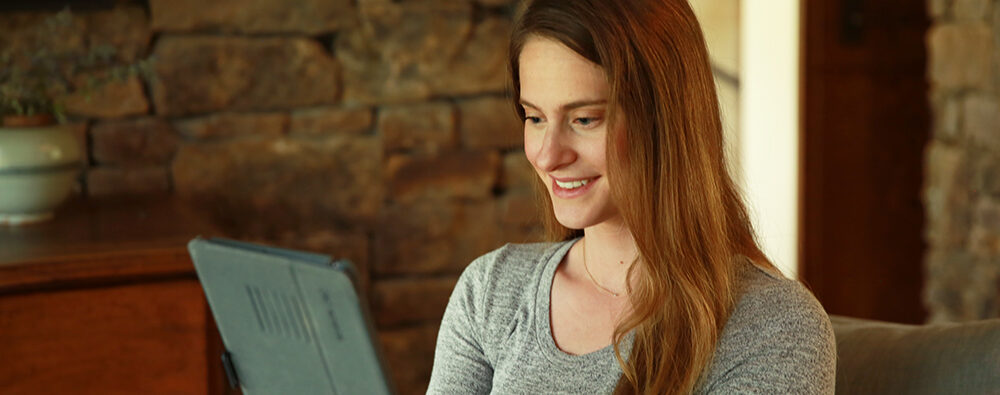Staying close from afar: Palliative care volunteering during the pandemic

by Bethany Becker
Every week for almost a year, I visited Laguna Honda Hospital on Wednesday evenings to serve as a volunteer caregiver through Zen Caregiving Project (ZCP). These five hours were among my most cherished of the week, giving me time to connect deeply with residents of the palliative care ward, fellow volunteers and staff while disconnecting from daily distractions. Our sessions always began with a meditation and check-in with our fellow volunteers, where we’d center ourselves and share our feelings and experiences that day. After that, we had several hours of open-ended time to spend how we chose on the ward. Some days, that meant listening to someone’s life story or helping the staff with various tasks; others days, it meant sitting beside someone who was close to dying or providing support to visiting family members.
Once the pandemic hit, Laguna Honda closed their doors to outside visitors in order to protect residents and staff. My Wednesday night ritual was replaced with a growing uncertainty about when we might be able to return. Of all the losses I felt at the start of shelter-in-place, this one hit the deepest. How do you replace physical touch or silent presence from afar?
The community of ZCP volunteers began meeting over Zoom each week to help us stay grounded and process these changes. Week after week, familiar and new faces lifted each other up and vulnerably shared their fears. After a few months, with help from Laguna Honda staff, ZCP set up a remote volunteering program through which volunteers could video call with residents via iPads. This new type of interaction has offered new experiences, both challenging and enriching.
While I’ve lost the ability to do so many things–sit quietly with someone who is actively dying, offer comfort through physical touch, connect with non-verbal residents, have spontaneous encounters with new residents or nurses–I’ve also gained experiences I would not have otherwise. Because of my work schedule, I used to visit in the evenings, when many residents were already asleep. Participating in the video chat program during the day, I am able to interact with residents that I would not have been able to speak to in-person during an evening visit.
For the past few months, I’ve had regular virtual visits with three residents. I have been pleasantly surprised by my growing connection with Edna*, a resident with progressive dementia. She may not know me by name, but we have delightful conversations. Edna has a remarkable quality of speaking like a poet, and she always drops incredible tidbits of rhyming wisdom. We end every conversation with “I love you” and well wishes for each other’s families.
I’ve also reconnected with Martha*, who I sometimes had dinner with during my in-person visits. Martha’s initial skepticism over video chats turned to joy and wonder in our first session. She couldn’t get over how much it felt like I was in the room with her. Because of her short-term memory loss, I’ve been able to witness this excitement over virtual connection many times over.
I’m not sure when I will be able to return to Laguna Honda in person. The nature of this work is to embrace change, let go of expectations and accept what is. I try not to dwell on what’s to come next. Today, I choose to answer a call and get transported to Edna’s universe. For 20 minutes, we are not living through a pandemic or talking through an iPad, we are just two people, laughing our way through Thursday.
*Names changed for resident privacy

